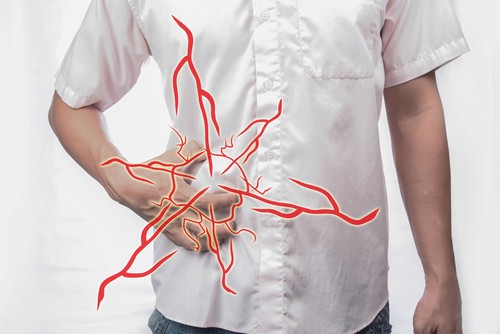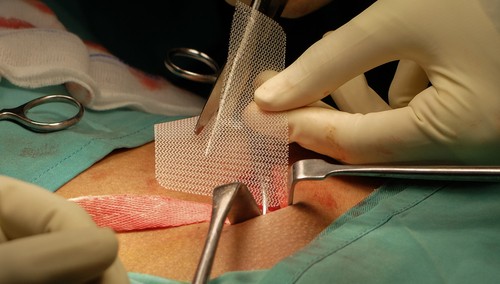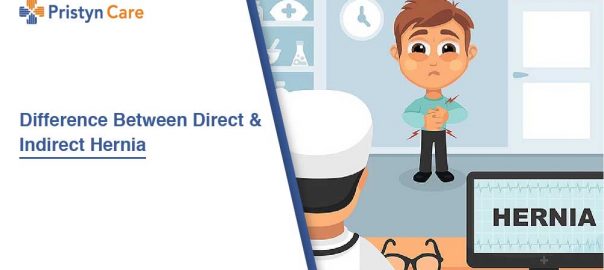![]() Views: 10,448
Views: 10,448
Spigelian Hernia Symptoms, Causes, Treatment
Spigelian hernia is the hernia that forms through the Spigelian aponeurosis. Spigelian aponeurosis is that layer of the abdominal muscles which lies between the lateral edge of the rectus muscle and linea semilunaris.
Dedicated Support at Every Step!
Our Doctors are available 24 hours a day, 7 days a week to help you!
Table of Contents
What is a Spigelian Hernia?
This type of hernia is also sometimes referred to as a “lateral ventral hernia”. Unlike the common types of hernias, this one does not typically develop below the fat layers but rather between muscles and the fascia, the tissue which connects them to each other.
If not given the proper treatment, Spigelian hernia can be a cause of many new complications also. This makes it necessary to get the required medical treatment.
No Cost EMI, Hassle-free Insurance Approval
Symptoms
Symptoms of Spigelian hernia are different from person to person.
- The most common symptoms of Spigelian hernia is a lump or bulge ( which may feel soft to the touch) just below the belly button or to the side of it. The lump may feel soft to the touch.
- Patients with this type of hernia also complaints of constant or intermittent pain in the abdominal part.
- Another symptom of Spigelian hernia is decrease in bowel function.
- The intensity of the pain can vary can range from mild to severe. Some patients have an increase in pain or discomfort during certain activities, like exercise, heavy physical workouts, heavy lifting or bowel movements.
Causes and Risk Factors
Just similar to the other types of hernias, Spigelian hernias are caused due to weakness in the muscles of the abdominal wall. The weakened abdominal walls allow the protruding of organs and tissues.
There is no specific cause for the weakness of the muscles of the abdominal wall. There are many different factors that contribute to a hernia.
Some patients have abdominal weakening after an injury while lifting a heavy object. Apart from that, the hernia could be a result of conditions that trigger chronic coughing, like the chronic or recurrent common cold, bronchitis, or allergies.
An increased amount of fluid in the abdomen can also be a reason for weakness in the abdominal walls. This is known as ascites.
Also Read: Things To Do and Avoid During Hernia
Diagnosis
Consult a doctor if you find any symptoms of a hernia. If there is minimal pain or discomfort, the patient can continue to live with the hernia.
But if the hernia causes pain, medical attention is urgently suggested. A Spigelian hernia does not resolve or cure on its own. Treatment is required.
Doctors can diagnose an ordinary hernia with a physical examination. But it is more challenging to diagnose Spigelian hernia.
The reason is that Spigelian hernia does not have any similar physical symptoms or characteristics like ordinary hernias.
Treatment for a Spigelian Hernia
Hernia repair surgery is the only treatment option to cure a Spigelian hernia. The size of the hernia and whether the patient experiences discomfort or pain signifies if the patient should undergo surgery or not.
If the patient chooses to undergo surgery, the docto
r can perform a minimally invasive procedure called “laparoscopic hernia repair”. The doctor makes a small incision in the patient’s abdomen and repairs the hernia using a thin surgical instrument with a camera on its end. There is minimal blood loss and no risk of infections.
Get the Best Treatment for Spigelian Hernia
The Spigelian hernia can be very painful. This hernia can also grow in size. But the treatment is positive with proper diagnosis and treatment.
Laparoscopic surgery is the best and a minimally invasive surgical option to repair this hernia and avoid serious, life-threatening risks or complications.












